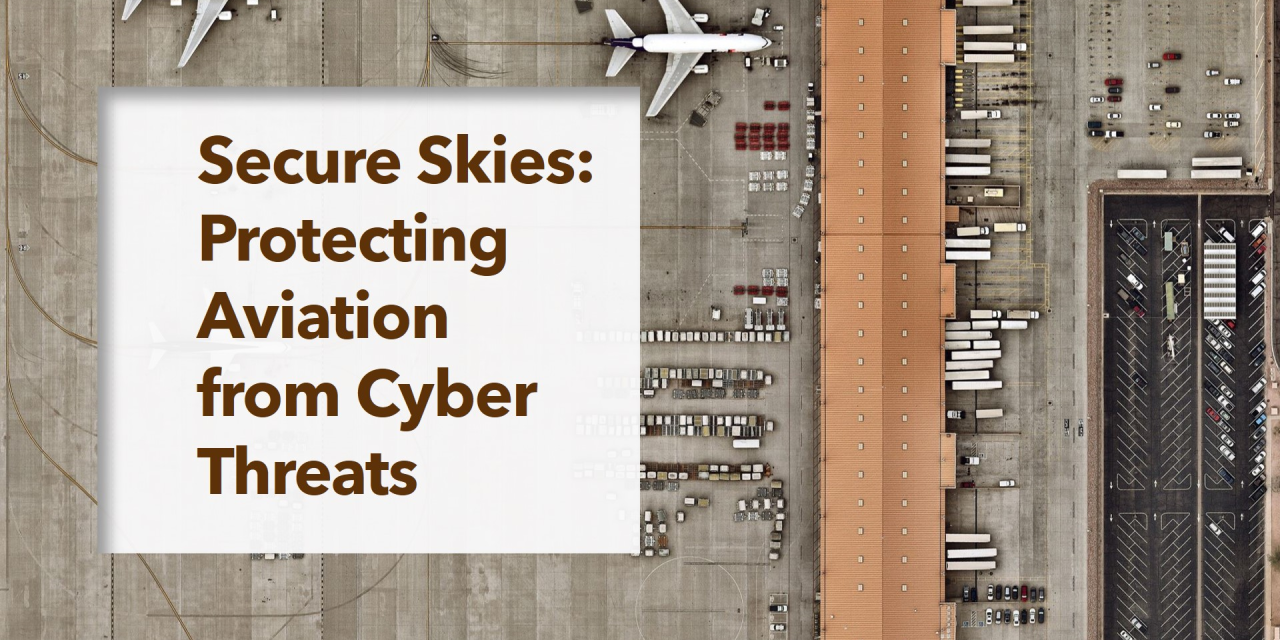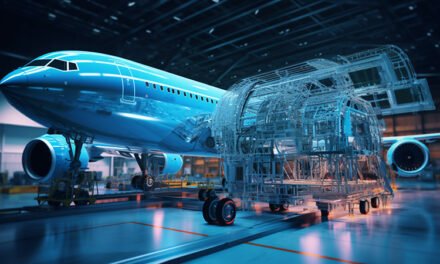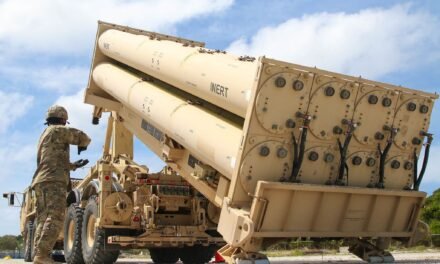Cybersecurity measures are essential to protect aircraft systems from hacking and cyber threats. Modern aircraft rely heavily on interconnected digital systems for navigation, communication, entertainment, and control, making them potential targets for cyberattacks. Effective cybersecurity safeguards critical operations, ensures passenger safety, and protects sensitive data. Here’s how cybersecurity measures protect aircraft systems:
1. System Isolation and Segmentation
- Segregation of Networks:
- Aircraft systems are designed with isolated networks to prevent unauthorized access.
- Example: The Avionics System (used for flight control) is separated from Passenger Wi-Fi and In-Flight Entertainment (IFE) systems.
- Benefits:
- Limits the spread of potential breaches.
- Protects critical systems like navigation, flight management, and autopilot.
2. Encryption and Secure Communication
- Data Encryption:
- Communication between the aircraft, ground stations, and satellites is encrypted to prevent interception or tampering.
- Example: Secure Cockpit Data Links ensure safe data transfer for navigation and air traffic control.
- Public Key Infrastructure (PKI):
- Uses digital certificates to authenticate systems and protect communications.
- Benefits:
- Ensures data integrity and confidentiality.
3. Multi-Layered Defense Mechanisms
- Firewalls:
- Protect aircraft systems by filtering and monitoring incoming and outgoing traffic.
- Example: Firewalls are used to safeguard inflight entertainment systems from external threats.
- Intrusion Detection Systems (IDS):
- Continuously monitor networks for unusual or unauthorized activity.
- Example: Alerts operators to potential intrusions in real-time.
4. Secure Software and Firmware
- Code Integrity Checks:
- Ensures that only authorized and untampered software is used in aircraft systems.
- Regular Software Updates:
- Addresses vulnerabilities and applies security patches to prevent exploitation.
- Benefits:
- Reduces the risk of malware or ransomware attacks targeting outdated systems.
5. Cybersecurity by Design
- Secure Architecture:
- Cybersecurity is integrated into the design of new aircraft systems to minimize vulnerabilities.
- Example: Aircraft like the Boeing 787 and Airbus A350 incorporate cybersecurity features during development.
- System Hardening:
- Disabling unnecessary services and closing unused ports reduces the attack surface.
6. Monitoring and Threat Detection
- Real-Time Monitoring:
- Aircraft systems continuously monitor for unusual activity or potential threats.
- Example: Monitoring tools detect anomalies in flight data or communication systems.
- Behavioral Analytics:
- AI and machine learning identify deviations from normal operations that may indicate a cyberattack.
7. Authentication and Access Control
- Role-Based Access:
- Limits access to sensitive systems based on user roles and responsibilities.
- Example: Only authorized personnel can access avionics systems.
- Multi-Factor Authentication (MFA):
- Requires multiple credentials (e.g., passwords, biometrics) for system access.
- Benefits:
- Prevents unauthorized access to critical systems.
8. Air-Ground Communication Security
- Secure Air Traffic Control Links:
- Ensures that communication between pilots and air traffic control is authenticated and encrypted.
- Example: Automatic Dependent Surveillance-Broadcast (ADS-B) systems use encryption to prevent spoofing.
- Satellite Communication (SATCOM):
- Uses secure protocols to protect data transmitted via satellite links.
9. Endpoint Protection
- Device Security:
- Protects onboard devices such as tablets or portable electronic devices used by pilots and crew.
- Example: Ensuring Electronic Flight Bags (EFBs) are secure and up-to-date.
- USB and Peripheral Control:
- Restricts unauthorized devices from being connected to aircraft systems.
10. Incident Response and Recovery
- Cybersecurity Incident Response Plans (CIRPs):
- Procedures are in place to detect, respond to, and recover from cyber incidents.
- Redundancy:
- Critical systems have backup configurations to ensure continuous operation during an attack.
- System Restart and Isolation:
- Ability to isolate or restart compromised systems without affecting overall operations.
11. Compliance and Standards
- Aviation-Specific Cybersecurity Standards:
- DO-326A/ED-202A: Guidelines for aircraft system cybersecurity.
- DO-355/ED-204: Security requirements for onboard networks.
- Regulatory Oversight:
- Organizations like the FAA, EASA, and ICAO enforce cybersecurity standards in aviation.
- Benefits:
- Ensures consistent and robust cybersecurity measures across the industry.
12. Training and Awareness
- Crew and Staff Training:
- Pilots, crew, and maintenance personnel are trained to recognize and respond to cybersecurity threats.
- Example: Identifying phishing attempts or suspicious system behavior.
- Simulated Attack Exercises:
- Regularly conducted to prepare teams for potential cyber incidents.
13. Collaboration and Information Sharing
- Aviation Information Sharing and Analysis Center (A-ISAC):
- Shares threat intelligence and best practices among aviation stakeholders.
- Industry Partnerships:
- Collaboration between manufacturers, airlines, and cybersecurity firms to address emerging threats.
- Benefits:
- Enhances situational awareness and collective defense.
14. Emerging Technologies
- AI-Driven Cybersecurity:
- AI enhances real-time threat detection and automated responses.
- Blockchain Technology:
- Secures aircraft maintenance records and supply chain data to prevent tampering.
- Quantum Cryptography:
- Future-proofing communication systems against quantum computing threats.
Examples of Real-World Threats and Responses
Example 1: ADS-B Spoofing
- Threat: An attacker sends false location signals to aircraft or air traffic control.
- Response: Implement encryption and authentication to verify the origin of signals.
Example 2: Ransomware on Ground Systems
- Threat: Airport systems targeted by ransomware affecting flight schedules.
- Response: Secure backups and segmented networks limit the impact.
15. Challenges in Aircraft Cybersecurity
- Legacy Systems:
- Older aircraft systems may lack modern cybersecurity protections.
- Integration of IoT:
- Increased connectivity introduces more vulnerabilities.
- Global Operations:
- Ensuring consistent cybersecurity standards across jurisdictions is complex.
Conclusion
Aircraft cybersecurity is critical to ensuring safe, secure, and reliable operations in an increasingly connected aviation ecosystem. By integrating advanced technologies, regulatory standards, and proactive measures, the industry aims to mitigate cyber risks and protect critical systems, passenger data, and operational continuity. As threats evolve, ongoing collaboration and innovation will remain essential to maintaining robust cybersecurity defenses.
Hashtags
#AircraftCybersecurity #AviationCyberDefense #CyberSecureAviation #FlightSystemSecurity #CyberThreatProtection #AntiHackingMeasures #SecuringAircraftSystems #HackingDefenseForAviation #CyberSafeFlights #FlightSystemProtection #AIInCyberDefense #AdvancedCyberProtection #NextGenCyberSecurity #SmartAviationSecurity #DigitalDefenseForAviation #DataSecurityAndEncryption #GlobalAviationCyberDefense













